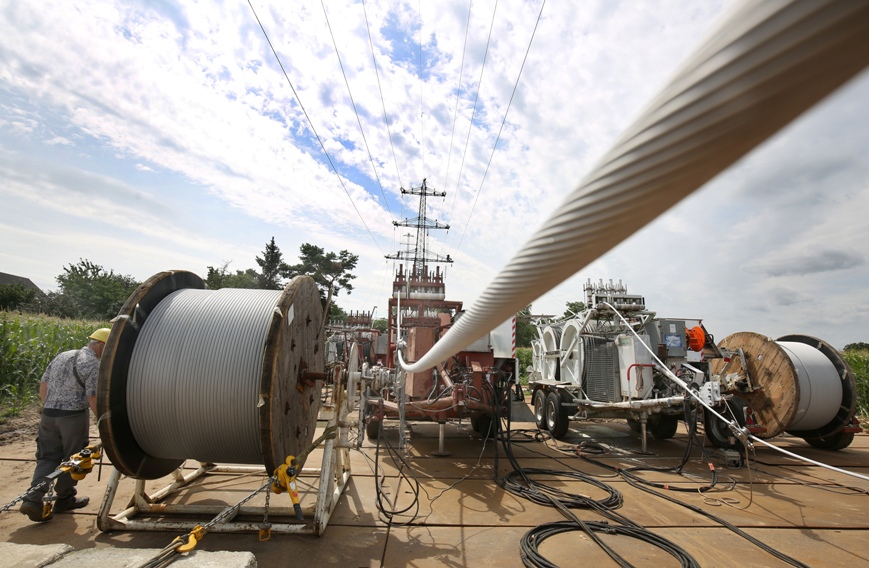India has done well in FY21, with respect to addition of new transmission lines. The quantum of new lines added in FY21 not only surpassed the target, it was an impressive 43.6 per cent more than the achievement in FY20.
The addition in FY21 was 6.1 per cent higher than the planned target for the year, which stood at 15,761 ckm. Compared with FY20, when 11,664 ckm of transmission lines were added, the addition in FY21 was as much as 43.6 per cent higher.
It should also be noted that the aforementioned target for FY21 was significantly lower than that for FY20, which stood at 23,261 ckm.
Over a quarter of the total transmission line addition in the whole of FY21 came in the month of March 2021 alone.
The boost in March
Up to February 2021, it appeared very unlikely that the target for FY21 would be attained, leave alone surpassed. However, there appeared to be a spirited effort in March 2021 when as much as 4,381 ckm of new transmission lines were added.
To put this in perspective, it means that over 26 per cent of the total addition in FY21 came in month of March 2021 alone. When seen with more granularity, statistics shows that nearly 50 per cent of the addition in March 2021 came from state power transmission utilities—an ownership class that generally displayed sluggish performance during FY21.
Voltage classes
Except for the 765kV category, all the others did well. In fact, February 2021 was the first month in the whole of FY21 to see any addition at all of 765kV. (See detailed story). March 2021, the last month of FY21, also saw the addition of 765kV lines.
FY21 was significant in that it saw the commissioning of a healthy volume of HVDC lines—3,531 ckm of 800kV lines, thanks largely to the Raigarh-Pugalur HVDC scheme.
The bulk of the addition in FY21 came from 220kV lines (6,305 ckm), followed by 400kV lines (5,389 ckm).
Ownership
In terms of ownership, nearly 46 per cent of the transmission line addition in FY21 was attributable to the state government sector. The Central government sector (mainly Power Grid Corporation of India Ltd) had a share of 43 per cent. The remaining 11 per cent was contributed by the private sector.
(Featured photograph sourced from Amprion GmbH is for illustration only)

